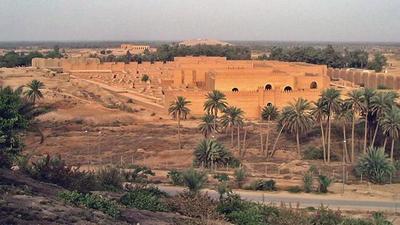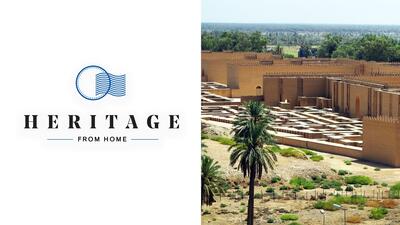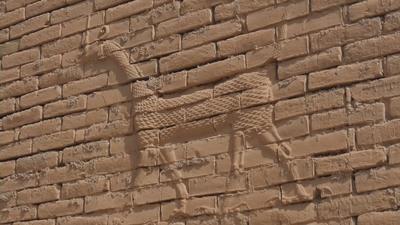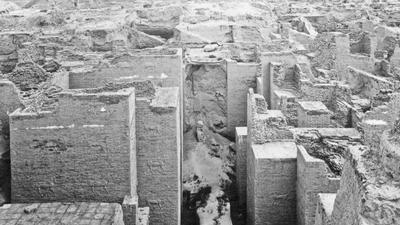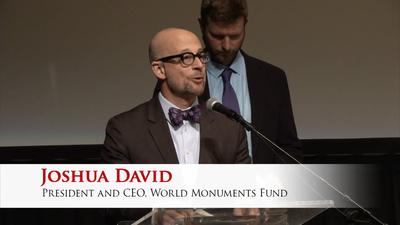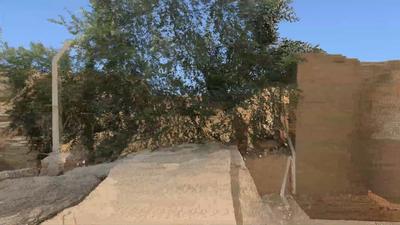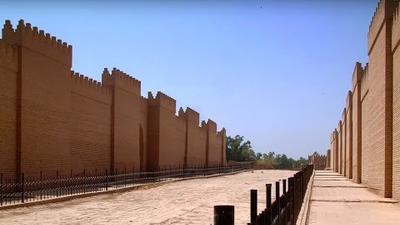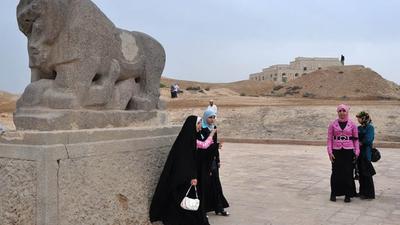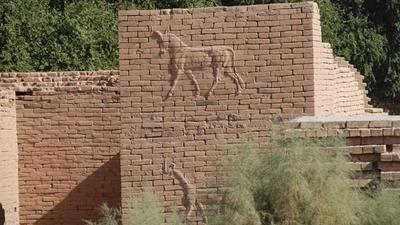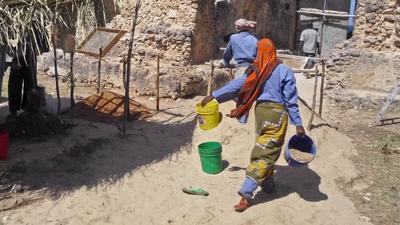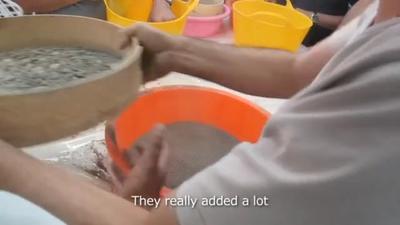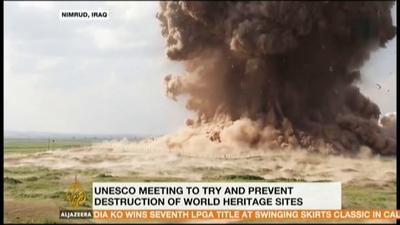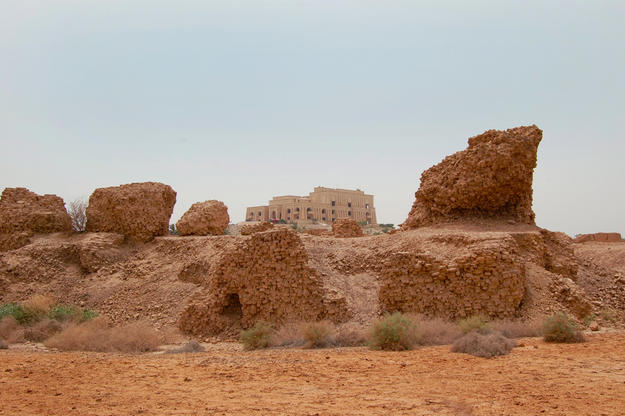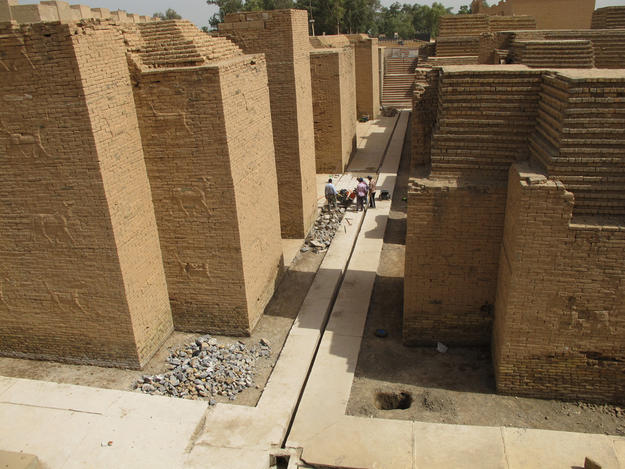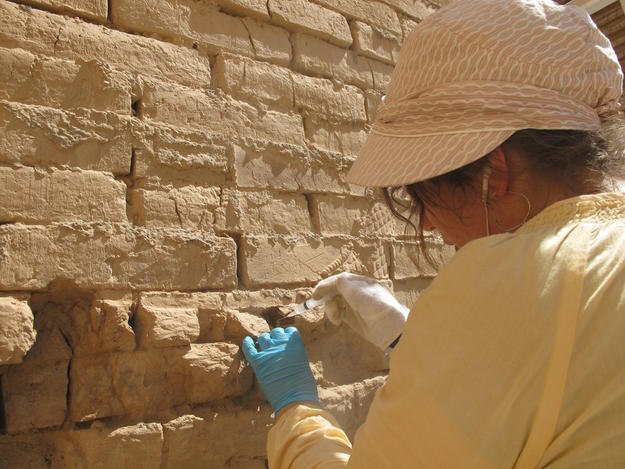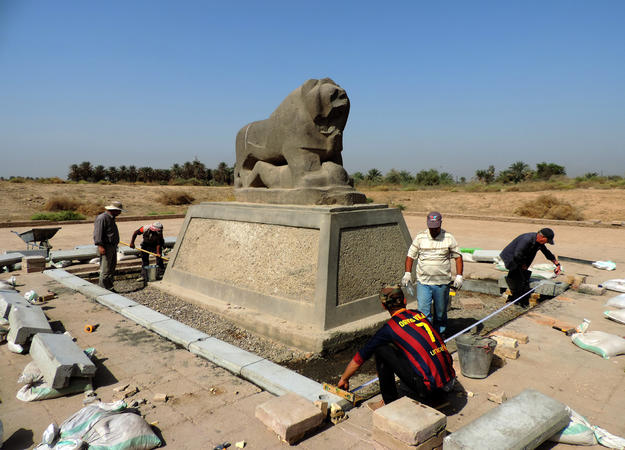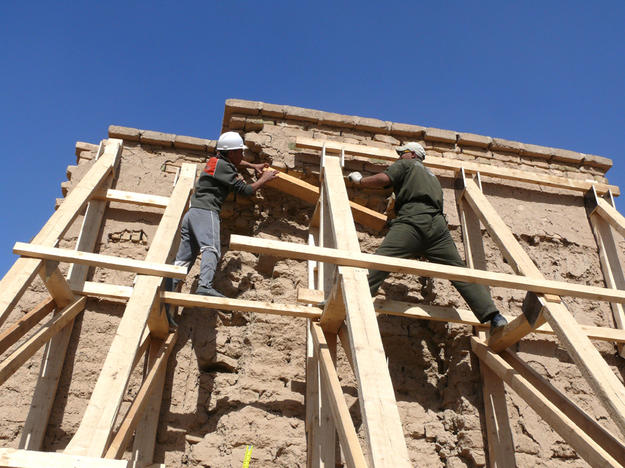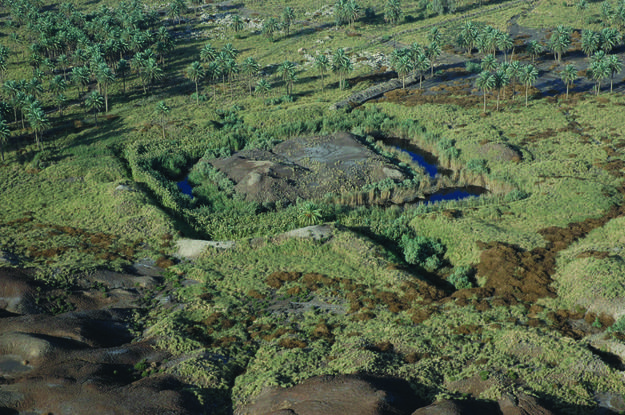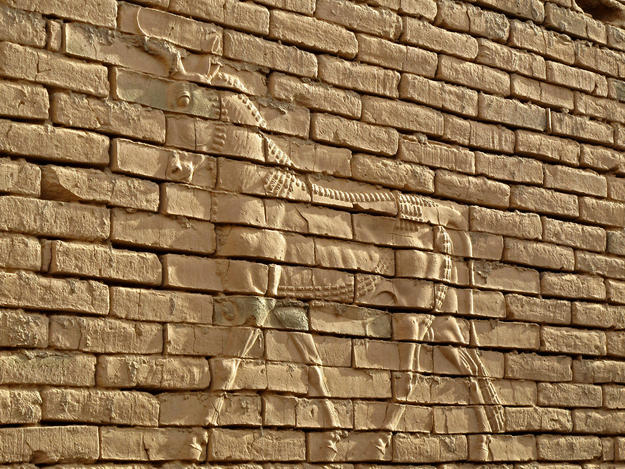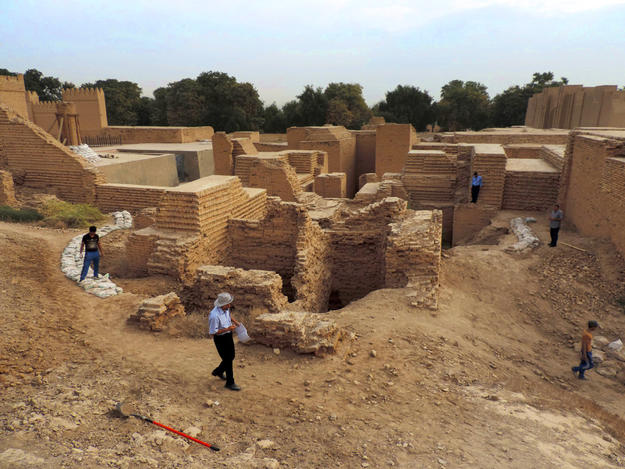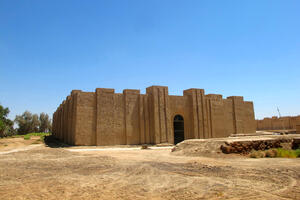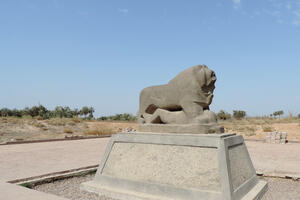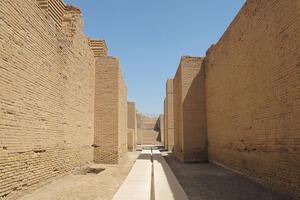The Future of Babylon
Site History and Significance
An Ancient City and a Modern Icon
Once the capital of a succession of vast ancient empires and the site of extraordinary technological and artistic innovation, Babylon is one of most important archaeological sites in the world. Widely known for its legendary Hanging Gardens, one of the Seven Wonders of the Ancient World, Babylon today is home to national treasures such as Ishtar Gate and the Lion of Babylon.
The site’s remains were first excavated by Robert Koldewey, a German architect, at the end of the nineteenth century. They continue to give scholars valuable insight into ancient Mesopotamia and possess immense historical, cultural, and symbolic value.
Challenges to the Site’s Continued Preservation
During the reign of Saddam Hussein, major reconstruction was carried out at Babylon and an opulent palace was built on a hill overlooking the ancient city, parts of which were reconstructed. Today, conservation efforts must assess the effects of these twentieth-century additions at the site and their place in its future.
When the Iraq War broke out in 2003, it quickly became one of the biggest threats to cultural heritage in the region, exacerbating existing problems and creating new ones.
Damage caused by military occupation is among the many ongoing challenges to the preservation of Babylon, along with illegal encroachments and large crowds of visitors. Although the war significantly reduced tourism in the region, in recent years thousands of Iraqis visit the site each year.
Our Involvement
Safeguarding Babylon for More Than a Decade
In response to the start of Iraq War, World Monuments Fund (WMF) launched a joint initiative in 2004 to create a long-term framework for stewarding cultural sites within Iraq. This initiative led to the creation of the Future of Babylon project in 2008, designed to serve as a template for documenting heritage, assessing conditions, and developing conservation plans at sites across the country.
Between 2009 and 2015, WMF collaborated with Iraq’s State Board of Antiquities and Heritage (SBAH) to document Babylon, complete condition surveys, and develop conservation plans. Within that time, WMF and the SBAH completed a site management plan that addressed issues such as defining site boundaries and areas where future excavations might take place; identifying economic opportunities for local communities; and designing ways to accommodate tourists effectively at the site.
WMF also assisted SBAH with the completion of a World Heritage nomination for Babylon, holding workshops in 2017 to advance the research and writing necessary to achieve this goal. As a result of WMF and SBAH’s partnership, Babylon was officially inscribed on the UNESCO World Heritage List on July 5, 2019.
For more than a decade, WMF has continued to implement the Babylon site management plan, undertaking conservation work at specific sites within the archaeological park such as assisting with the conservation and stabilization of the Lion of Babylon. Projects at Ishtar Gate and Ninmakh Temple, launched in 2016 and 2019 respectively, are still ongoing.
Building Conservation Capacity in Iraq
From its very beginnings, the Future of Babylon project considered not only immediate conservation needs but also the future of heritage preservation in Iraq. In anticipation of the conservation capacity gap that often follows conflict, WMF prioritized training and development, working closely with the SBAH and community members to integrate their needs into its design.
Workshops for SBAH members both on- and off-site through WMF’s Iraq Cultural Heritage Conservation Initiative helped develop local capacity toward the future preservation of Babylon and sites across Iraq, working with local stakeholders to support their continued stewardship of these treasured places. As part of its work at Ishtar Gate and Ninmakh Temple, WMF continues to train locally employed technicians and conservators and to conduct outreach to craftspeople in nearby communities to facilitate their involvement in the preservation process.
Learn more
World Monuments Fund safeguards cultural heritage around the globe, ensuring our treasured places are preserved for present and future generations.
Sign up for our newsletter to receive regular updates on our projects, stories from the field, upcoming events, and more!
![]()
World Monuments Fund’s work at Babylon has been made possible, in part, by the U.S. Department of State, U.S. Embassy Baghdad, Samuel H. Kress Foundation, Annenberg Foundation, and The J. M. Kaplan Fund.
Videos
